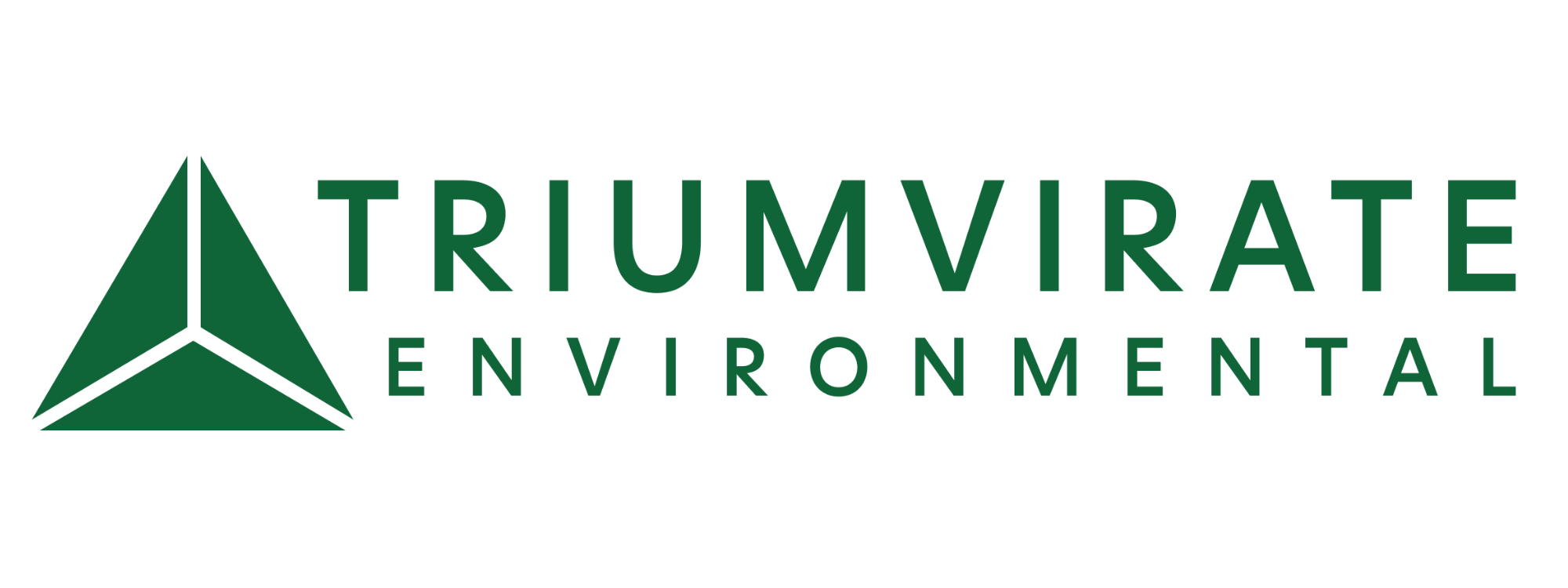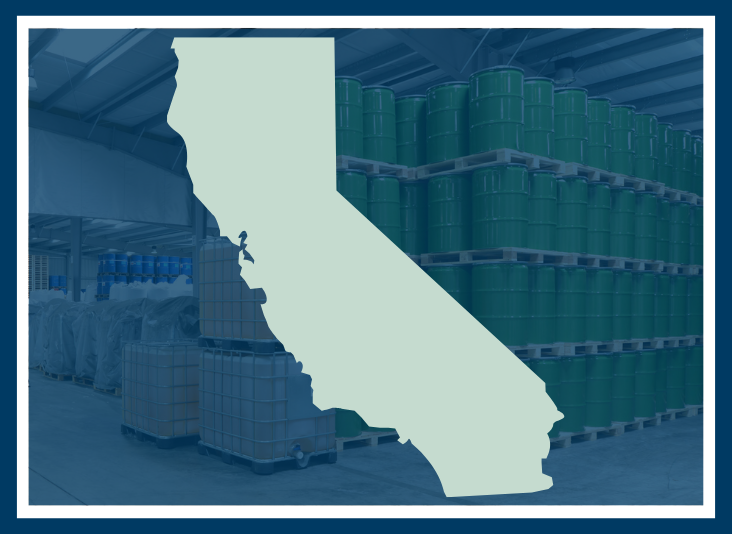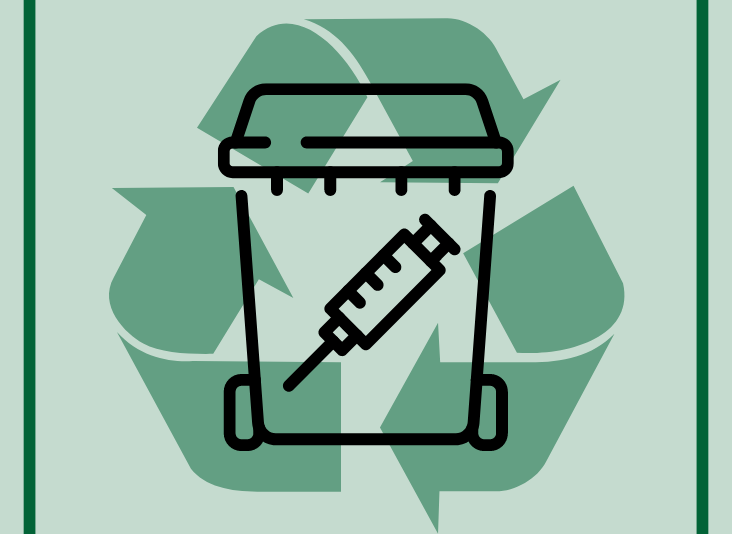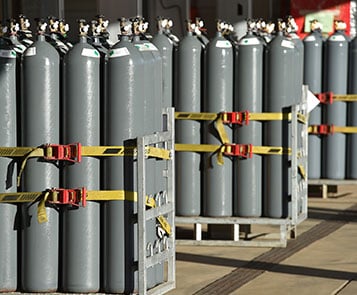In Honor of Earth Day! Our Thoughts On The Hierarchy of Sustainable Waste Management
 Waste has emerged as a necessary evil in all industrial economies. And as industrial revolutions have increased productivity and economic activity exponentially, it has also increased waste exponentially. Industrial waste comes at a high cost for businesses, governments, the public and the environment. These costs, both intrinsic and extrinsic have businesses, governments, and environmentalist looking for more sustainable strategies for managing waste. Many organizations have developed waste management hierarchies to guide their organizations in the most sustainable waste management methods. The following is a discussion of this hierarchy.
Waste has emerged as a necessary evil in all industrial economies. And as industrial revolutions have increased productivity and economic activity exponentially, it has also increased waste exponentially. Industrial waste comes at a high cost for businesses, governments, the public and the environment. These costs, both intrinsic and extrinsic have businesses, governments, and environmentalist looking for more sustainable strategies for managing waste. Many organizations have developed waste management hierarchies to guide their organizations in the most sustainable waste management methods. The following is a discussion of this hierarchy.
Landfills
Though landfill disposal is often cheaper in terms of price, landfills come at a high cost to the environment and the public. Here’s why:
- Land is not an infinite resource. It won’t always be available if we keep using it for landfills. To remediate this problem governments and business around the world have implemented landfill bans and 0 landfill goals. Seven European countries plus Norway and Switzerland have implement “zero plastics to landfills goals by 2020.”
- Toxins: many materials that end up in landfills contain toxic substances that seep into soil and water. This can be detrimental to wildlife and contaminate drinking supplies.
- Greenhouse gas: organic materials, when covered and forced to break down without oxygen, produce methane, a greenhouse gas 21 times more potent than carbon dioxide.
Incineration
Incineration has become a popular alternative treatment technology to landfill for many organizations. Incineration of waste comes at a greater cost to organizations, but solves the land resource problem. Though is solves the land resource issue it still comes at other public health and environmental costs. Emissions from waste incineration pollute the air. This has a direct impact (and cost) on the public health, and the environment. These impacts include increased green house gas emissions, other toxic air emissions, and energy use to power incinerators.
Waste to energy is a type of incineration that leverages the energy used to incinerate a waste to generate energy. It has recently grown popularity because it appears to solve another environmental and social problem facing us: sustainable energy supply. It maybe a sustainable option in that it doesn’t appear that there will be any shortages of waste, but there legitimate concerns regarding the efficiency of the technology, and public health and environmental concerns regarding the toxic emissions being produced from the technology.
As people become more aware of the negative impacts of incineration, they’ve begun to fight back against such things happening near their community (NYT article).
Treat and Release
Treat and release technologies remove or treat any type of environmental and health hazard from the waste stream before releasing the waste back into the environment. As long as the treatment method is sound and proven, this can be a more sustainable treatment method because the hazards are removed from a material and it is placed back into the environment, resulting in no or limited outputs (air emissions, or land use).
Not all waste can be treated and safely released into the environment. The Land Disposal and Restriction portion of the RCRA regulations, also known as LDR, very clearly list acceptable treatment technologies for each type of hazardous waste. An example of treat and release would be corrosive wastewater. Depending on other contaminants, a corrosive waste can be treated (brought to neutral) and safely discharged into the water systems resulting in no short term health hazards or long term contamination. This type of treatment, where applicable, is a more sustainable treatment method; it is often less expensive and has a much lower environmental cost.
Reduce, Reuse, Recycle
Any school kid could tell you all you need to know about sustainable waste management: Reduce, Reuse, Recycle. In the order of reduce, reuse, recycle organizations can reduce their waste costs and costs absorbed by the public and the environment. Though it is a simple concept that an elementary student could explain to you, in practice it can be a challenge, but not impossible.
Reduce
Organizations should have a 0 waste goal, not a 0 landfill goal. Reducing waste is not easy and not entirely possible in every situation, however there are great gains to be had from eliminating waste. Each organization and process will lend different waste reduction opportunities.
In order to truly reduce waste, we need to make it a priority during the design phase of the waste producing process. This is a difficult thing to do, but can ultimately create great results. One example of this thinking is called Cradle to Cradle design, where the reuse of a material is a primary driver during the design and construction of a product.
The first step to reducing waste is to eliminate all wastes generated as a result of expired or extra material. A common example is a research organization that purchases a larger volume of acutely hazardous material because it is less expensive to buy in bulk. Often times, the material is not entirely used before expiring and the remaining volume must be disposed of as a hazardous waste. You may not be able to eliminate all waste in every case, but there will be cost-effective opportunities to eliminate some.
Reuse
One way to reduce the impact of unused wastes is to reuse them in another process or area. Other times you maybe able to reuse an output as an input. In order to successfully accomplish this, you may have to reengineer a process or system so that the waste or the end of life of a product can be broken down and reused as an input.
Recycle
There are many different recycling techniques and methods companies can utilize to recycling their waste. Recycling markets for many types of waste continue to grow and evolve. There are many efficient plastic, paper, and glass recycling markets. There are also well established oil recycling markets and some solvent recycling operations.
As technology continues to improve and there is greater and greater business, governmental, and social demand for recycling, more and more recycling markets will emerge. Continue to challenge your down stream suppliers to develop and look for emerging recycling markets, or new, innovative recycling options in the market place. Triumvirate Environmental has worked to do this in all areas and has recently developed a product for recycling regulated medical waste.
Check out a visual representation of the hierarchy discussed in the image below. For more information on our sustainability practices look here.
For more information on sustainability, check out our infographic here. For case study examples on our sustainability services, look here.










.png)